My research into Percival John Hay began, as it usually does, accidentally. In May 2023, I purchased a few amateur stereoviews, most of which had locations and/or dates written on the back, which caught my eye because they captured unique snapshots into someone’s personal life. One of them, showing a baby playing with a tulip, was annotated ‘M. Betty Hay, age 8 months’. Another, showing Betty around the same age, stated ‘Marg + Betty in the garden at 350 Glossop Road 1917’. As a previous inhabitant of the Steel City, I knew this address was in Sheffield, and another slightly more obvious clue was a stereoview mentioning the ‘Sheffield Education Department’.
I searched the 1939 England and Wales register for the address of 350 Glossop Road in Sheffield and luckily I found the person behind the stereo photos was still living there. The record stated Percival Hay, born 28th June 1875, was a widowed ophthalmic surgeon, living with his daughter, Marjory B [for Betty] Hay, born 13th September 1916, who was a single ‘lady cook’. Once I had Percival’s name, it sent me down a rabbit-hole of research, which, at every step, showed me Percival was a remarkable and well-respected person, whose story, told in part through his own stereo-photos, I have to share before any more of it may be sold, and the context is lost.
I went through the stereocard seller’s inventory and upset my bank by purchasing every stereoview I could find from this same photographer, as I always feel the need to keep collections together. The photos were all in the same format and with the same handwriting on the back, so were easy to spot. Whilst I can understand people trying to make as much money as possible during these difficult times, seeing this gentleman’s life in photographs being broken up and sold piece by piece for the most profit left me dismayed. I knew several of his images had either already been sold or lost over the years, and each one depicts what he deemed to be an important moment and place in his life.
The images I’ve managed to buy show water and mould damage (well, this is the UK!), and the silver gelatin of the prints has oxidised quite badly on several of them. I’ve quickly digitally cleaned some of the dirt and dots from them, but I don’t have time for full restorations, so please forgive the quality of the reproductions in this post. They were also not perfectly aligned, but we can’t complain as Dr. Hay was a busy man. If you need any help viewing his stereo images in 3-D, please see this post.
Percival John Hay was born in Basel, Switzerland on June 28th 1875, to John Hay, a Scotsman, who was a Professor of English at Basel University, and his mother (whose name I haven’t yet unearthed, unfortunately), who was originally from Manchester, England. Percival, or Percy, as he was initially known, was educated at Basel, achieving his Abitur in March 1895, and becoming an undergraduate at the city’s University on April 16th 1895, before commencing Medicine at Edinburgh University. He registered as a medical student on 19th October 1897, and boarded nearby. He graduated as a Batchelor of Medicine and Surgery on August 1st 1901, before becoming a Doctor of Medicine with a high commendation three years later.
Dr. P. J. Hay held Resident appointments at the Birmingham and Midland Eye Hospital in 1904, after which, around 1907, he started practice in Sheffield as an Ophthalmic Surgeon, and for a time acted as Clinical Assistant at the Sheffield Royal Infirmary, whilst being registered in the city at 3 Northumberland Road. He was obviously a frequent user of public transport due to his multiple roles, and amongst his stereos is an undated one of the Midland Railway’s Attercliffe Road Station, Sheffield.
Image 1: ‘Attercliffe Road Station Sheffield, before it was closed.’ Percival John Hay, c.1913, author’s collection.
In 1907, he used his language skills, thanks to his upbringing in Switzerland, to give a lecture in German to the Central Secondary Schools in Sheffield. He discussed ‘The Care of the Eye’ and taught the children how to look after their own eyesight and help prevent premature deterioration.
In 1909, Hay publicly showed his interest in photography, giving a magic lantern and microscope slide lecture on ‘The Eyes of Invertebrates’ to the Microscopical Society of Sheffield in the Literary and Philosophical Society’s Rooms. He demonstrated the development of the eye, from the lower to the higher species, by comparing the different structures of eyes from various different animals.
In 1910, he was appointed Honorary Ophthalmic Surgeon to the Beckett’s Hospital, Barnsley. Between 1911 and 1912, his registered medical address in Sheffield changed from 3 Northumberland Road to 392 Glossop Road, and in 1913, he was Ophthalmic Surgeon to the Sheffield Education Committee, working at their first ophthalmic clinic at the Church House, St. James Street (which was later converted into a pub in 1987).
Image 2: ‘1913. The first ophthalmic clinic under the Sheffield Education. Dept. in The Church House, St. James St.’ Percival John Hay, 1913, author’s collection.
Image 3: ‘1913. The first ophth. clinic under the Sheffield Educ. Comm. – in The Church House, St. James St.’ Percival John Hay, 1913, author’s collection.
In the summer of the same year, Dr. P. J. Hay, who had a passion for travel throughout his life, enjoyed a motor tour of the UK, with two stereocards showing one of his destinations was Gloucester.
Image 4 ’12 July 1913. Motor Tour. Lunch before reaching Gloucester.’ Percival John Hay, 1913, author’s collection.
Image 5: ’12 July 1913. Motor Tour. Lunch before reaching Gloucester.’ Percival John Hay, 1913, author’s collection.
Some stereoviews of his consulting room at 392 Glossop Road:
Image 6: ‘My consulting room at 392 Glossop Road. ?1915.’ Percival John Hay, c.1915, author’s collection.
Image 7: ‘My consulting room at 392 Glossop Road.’ Percival John Hay, c.1915, author’s collection.
Image 8: ‘My consulting room at 392 Glossop Road.’ Percival John Hay, c.1915, author’s collection.
Just before the outbreak of the First World War, in 1914, Dr. Hay, Dr. Gray Clegg of Manchester and Dr. Hill Griffith were instrumental in founding the North of England Ophthalmological Society, whose primary objectives are still to cultivate and promote Clinical and Practical Ophthalmology. Hay was its Honourable Secretary until his death, and was also appointed President in 1931-32. In his work there, Hay was described as showing his genius for organisation, with regular Clinical Meetings in six northern cities, and through these, establishing a first class Pathological service. He was also responsible for founding annual lectures given to the society by prominent persons in the field. These lectures continue to this day, under the name the “Percival J. Hay Memorial Lecture.” An annual memorial prize is also given in his name through a charity, for a critical essay by a member of the society, for the advancement of ophthalmology.
During the First World War, Dr. Hay served as a Captain in the Royal Army Medical Corps, and was for some time Ophthalmic Specialist to the Cambridge Hospital at Aldershot, Hampshire, which was mobilised on 5th August 1914. The Aldershot hospitals were the first in Britain to take wounded troops in from the Western Front.
Image 9: ‘Ophth. Dept. Cambridge Hospital, Aldershot, 1918.’ Percival John Hay, 1918, author’s collection.
Image 10: ‘Ophth. Dept. Cambridge Hospital, Aldershot, 1918.’ Percival John Hay, 1918, author’s collection.
It was also during WWI when Hay married Marjory Ruth Beal, who was born at Leavygreave in Sheffield on January 15th 1891, to cutlery manufacturer (well, this was Sheffield!), Joseph Ernest Beal and his second wife Alice Elizabeth. The local newspapers carried amazing descriptions of the wedding; it must have been nice to have some good news to cover. I’ll include one article which is incredibly detailed, (perhaps too much, but it’s great for Nosey Parkers), to transport us back to the happy event, which took place during difficult times on October 27th 1915:
| Dr Percival J. Hay and Miss Marjorie [sic] Beal. Although no guests were invited to the marriage of Dr. Percival J. Hay and Miss Marjorie Beal, which took place yesterday at two o’clock, the Carver Street Chapel held a large company of interested people, for the bride has a host of girl friends (she is the daughter of Mr. J. E Beal, J.P., of Leavygreave), and the bridegroom is a well-known ophthalmic surgeon in Sheffield. Probably out of compliment to the bridegroom’s ancestry – he is the son of John Hay of Buckie, Banffshire – jardinières of white and pink heather adorned the pulpit ledges, but apart from these there were no decorations. The Rev. H. G. Roberts, of London, performed the ceremony assisted by the Rev. Boardman McClellan. There was no music except that played on the organ by Mr. Rowland Williams, a friend of the bridegroom. Major D. Gillespie attended the bridegroom as best man. The bride, given away by her father, was a much admired figure in a dress of white French lace, cut with a square décolletage, the Court train of brocaded silver tissue being caught on the shoulders by pearl bosses. A lining of ruched white chiffon frilled at the edges softened the train of orange blossom and white heather, and a bow of satin ribbon. The Brussels net bridal veil had beautifully embroidered edges, and was adjusted to the hair by a wreath of orange blossom and white heather, and the bouquet carried was composed of white roses and lilies. Miss Phyllis Beal, the only Bridesmaid, wore a short skirted frock of periwinkle blue shot taffetas with three broad folds of its own fabric edged with knife-kilted frills, traversing the skirt. The little coatee corsage of taffetas had sleeves of periwinkle net over cream lace, and this touch of blue was introduced in the form of a taffetas frill flat round the crown of the accompanying black velours hat. A bouquet of pink chrysanthemums completed the toilette. The bridegroom’s gift to the bridesmaid was a pearl and peridot brooch. The bride’s mother attended the wedding in a dark brown costume and hat and sable furs, the bride’s twin sisters wearing blue. The bride’s elder brother and sister-in-law (Mr. and Mrs. Ted Beal) and the younger brother (Mr. Noel Beal), also Mr. and Mrs. Arnold Beal (uncle and aunt of the bride), were also present. “Somewhere in England” is the vague description of the honeymoon destination, the bride travelling in a dress of brown velveteen, the short skirt adorned at the knee line with three frills of brown taffetas. A hat to match and a musquash coat were also worn. The wedding gifts include an epergne from the Carver street Girls’ Club ; a pair of silver sauce boats from Lady Howard Vincent ; and a silver gift basket and sifter from Mr. and Mrs. J. Fitzalan Hope. |
At least they didn’t receive cutlery!
In 1916, Dr. Hay was also appointed Honorary Ophthalmic Surgeon to the Sheffield Royal Hospital. The photograph below is held in the collections of Sheffield City Archives, and was kindly digitised by Alison Darby and her team. I have been given permission to share it as part of this article as it shows Dr. Percival Hay with four nurses at the Ophthalmic Operating Theatre in Sheffield Royal Hospital:
Image 11: ‘Photograph of Ophthalmic Operating Theatre’ Collection of Sheffield City Archives, NHS20/5/13/6. Shared with kind permission of Sheffield City Archives. This image can also be found on Picture Sheffield.
Around this same time, Dr. Hay and his wife were residing just down the road from his surgery, at 350 Glossop Road, Sheffield. On September 13th 1916, Percival and Marjory Hay’s daughter, Marjory Betty Hay, was born, with the proud father regularly photographing her with her mum.
Image 12: ‘Marjory & Betty Feb. 18 1917.’ Percival John Hay, 1917, author’s collection.
Image 13: ‘Marg & Betty at Leavygreave [Marjory’s parents’ house] 1917.’ Percival John Hay, 1917, author’s collection.
Image 14: ‘Marg & Betty, in the garden at “350” 1917.’ Percival John Hay, 1917, author’s collection.
Image 15: ‘Marg & Betty, in the garden at 350 Glossop Road 1917.’ Percival John Hay, 1917, author’s collection.
Sadly, Mrs. Marjory Ruth Hay passed away at the young age of 30 on the 4th February 1921. She suffered a postpartum haemorrhage from complications during pregnancy. At her church service at St. George’s, Sheffield, there was a large gathering of friends. Among the beautiful floral tributes was a wreath from the medical staff at the Royal Infirmary, Royal Hospital, Jessop Hospital, and the Children’s Hospital, and another from the School’s Medical Department. Shortly afterwards, Dr. Hay moved his registered surgery to his home address at 350 Glossop Road, presumably so he could be more present for his little girl.
Image 16: ‘Guernsey, 1928, Easter. Dolly, Margaret, Joan, Betty, Guernsey’ [Notice Percival sitting next to his daughter Betty] Percival John Hay, 1928, author’s collection.
Dr. Hay wrote extensively on his research and experience as an ophthalmic surgeon and contributed widely to ophthalmic literature. Some of his publications and lectures included ‘Studies on the Light Sense’ Arch. Ophth, 1905, ‘Surgical Treatment of Optic Neuritis’ Ophthalmoscope, 1909, ‘Some New Test Types, including coloured Test Types & their application to Toxic Amblyopia’ Trans. Ophth. Soc. U.K., 1919, ‘Etiology and Prevalence of Convergent Concomitant Squint – A view of 600 cases’ Ibid, 1922, ‘Some Plastic Operations about the Lids and Socket’ British Journal of Ophthalmology, 1920, ‘Astigmatism’ Middlemore Lecture, 1929, and ‘Modern methods of treating infective diseases of the eye’ Med. Forum, 1933.
Percival was also the organiser of tours around the world for members of ophthalmological societies, with the first in 1935 being Germany, Austria and Italy, in 1937 the Scandinavian countries, and the last, in 1939, to the U.S.A. and Canada. It was on these occasions his ability as a linguist was described as making the smooth running of the programmes possible. At one event, he was asked to speak to a mixed audience in Sweden, and rose to the challenge by commencing in English, continuing in French and German, and finishing in Swedish. From passenger records to and from the USA, it can be seen that he also took his daughter on some of these tours, as he had in previous years for private family holidays.
Image 17: ‘Norway 1931. Steinsdalfossen near Norheimsund. Monday 6th Aug 1931. D, G & I inspected this fall at close quarters – in fact walked behind it. No. 9.’ Percival John Hay, 1931, author’s collection.
Image 18: ‘Norway 1931. Vossevangen. Saturday Aug 8. 31. No. 12.’ Percival John Hay, 1931, author’s collection. [Showing Percival with Margaret, Joan and Betty – possibly photographed by Dolly].
Image 19: ‘Norway Aug. 9. 1931. Sunday. Voss. A walk into the hills surrounding Voss. Margaret looking for a lost hair ribbon! D [Dolly] & Joan, and the town in the distance. No. 13.’ Percival John Hay, 1931, author’s collection.
Image 20: ‘Norway. 1931. Monday Aug. 10. The Naerödal below the terrace of the Stalheim Hotel. View from the terrace. No. 15.’ Percival John Hay, 1931, author’s collection.
Image 21: ‘Norway. 1931. Tuesday Aug. 11. On the Naerofjord. No. 20.’ [I believe that’s Percival to the left, with Margaret, Joan & Betty, possibly photographed by Dolly] Percival John Hay, 1931, author’s collection.
Dr. Hay was the Vice-President of the Ophthalmic Section of the Royal Society of Medicine, a President of the local Division of the British Medical Association, and a President of the Sheffield Medico-Chirurgical Society. In his later years, he also achieved two of the highest honours as a British Ophthalmologist, becoming Master of the Oxford Ophthalmological Congress in 1939, and in 1942 he was elected President of the Ophthalmological Society of the United Kingdom.
At the commencement of World War 2, Dr. Hay, by now in his 60s, immediately went back into hard hospital practice in order to relieve a colleague who had been mobilised. This altruistic action was later described as taking a toll on his health.
On the 4th January 1941, Marjory Betty Hay, the only daughter of Percival John Hay, announced her engagement to John Francis Trewman Lane, a member of the Royal Army Service Corps, from Epping. Despite the continuing war, they married the same year, on the 10th November 1941, with a local newspaper carrying a description of the event:
| The wedding took place on Saturday at St. John’s Church, Ranmoor, Sheffield, between Mr. John Lane of Epping, and Miss Marjory Betty Hay, of Sheffield. The bridegroom, who is the elder son of the late Rev. F. W. Lane, Vicar of Holy Trinity, Bishop’s Stortford, and of Mrs. Lane, Centre Organiser of the Royal Voluntary Service in Epping, is on the staff of the Recorded Programmes Department of the B.B.C., and his bride, the daughter of Dr. Percival J. Hay and the late Mrs. Hay, of Sheffield, was until her marriage Corporal quartermaster in the First Aid Nursing Yeomanry. The church was beautifully decorated and a large congregation was present, including a detachment from the First Aid Nursing Yeomanry. There was one child bridesmaid, a cousin of the bride, and the bridegroom’s brother, Mr. Michael Lane, now serving as a Lance-bombardier in the Royal Artillery, was best man. A reception was held at the residence of the bride’s father and there were numerous presents. Mr. and Mrs. Lane left later by car for the Cotswolds, where the honeymoon is being spent. |
Sadly, on the 17th January 1943, Dr. Percival John Hay passed away at age 67 from a coronary thrombosis. As a tribute to him and his great character, his peers wrote descriptions of the ophthalmologist, and friend, which leave us with wonderful impressions of a well respected and kind man:
| ‘Hay had many excellencies of character – industrious and careful in his work, with a vast store of scientific and clinical knowledge ; wise in his counsels, and a perfect host with a sense of humour hidden behind a naturally shy disposition. He was a remarkably good photographer and very musical.’ |
| ‘Assuredly it may be said of him that he was a “gentle soul.”‘ |
Image 22: Portrait of Dr. Percival John Hay, c.1925.
I consider myself very fortunate to have rediscovered the life of a wonderful gentleman through his stereo photos, and who better to appreciate the applications of stereoscopy than an ophthalmologist!
If anyone else discovers they have some of Dr. Hay’s stereoviews in their collections, I’d love to hear from you and see what else he photographed. I’d especially like to hear from any of his relatives, as I’ve found branches of his family dotted over the world, and would like to confirm the identities of some of the other people in his stereoviews.
Rebecca
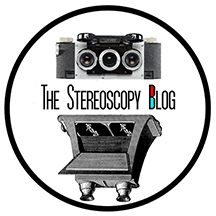
Copyright © The Stereoscopy Blog. All rights reserved.
I would like to say a big thank you to Thomas Asch for his advice with research in Basel’s archives, to everyone at Sheffield City Archives for the beautiful photo in this post, to Denis Pellerin for his years of guidance and mentoring, and to my family for putting up with my obsession with Dr. Hay whilst I was home.
References
‘List of Medical Students Registered During the Year of 1897’, Medical Students Register, 1898, p38.
‘Hay Percival, J. M. B., ch. B, Edin. Birmingham & Midland Eye Hospital, Church Street’ Kelly’s Directory of Birmingham, 1903.
‘The Care of the Eyes’ Sheffield Daily Telegraph, 7th December 1907, p7.
‘Eyes of the Lower Animals’ Sheffield Daily Telegraph, 12th January 1909, p4.
‘The Beckett Hospital, Barnsley’ Sheffield Daily Telegraph, 14th March 1910, p5.
‘Hay, Percival John’ UK Medical Register, 1911.
‘Sheffield’s Church House’ Sheffield Daily Telegraph, 4th December 1913, p4.
‘Women’s Point of View. Yesterday’s Bridal’ Sheffield Independent, 28th October 1915, p7.
‘Election of Ophthalmic Surgeon’ Sheffield Daily Telegraph, 4th May 1916, p3.
‘The Late Mrs. P. J. Hay’ Sheffield Daily Telegraph, 9th February 1921, p3.
‘Hay, Percival John’ Scotland, World War One Rolls of Honour, 1914-1918, Oliver and Boyd, 1925.
‘Engagement’ Herts and Essex Observer, 4th January 1941, p5.
‘Marriage of Mr. John Lane and Miss M. B. Hay’ Herts and Essex Observer, 15th November 1941, p5.
‘Obituary: Percival John Hay’ British Journal of Ophthalmology, March 1943, Vol. 27, No. 3, pp140-142.

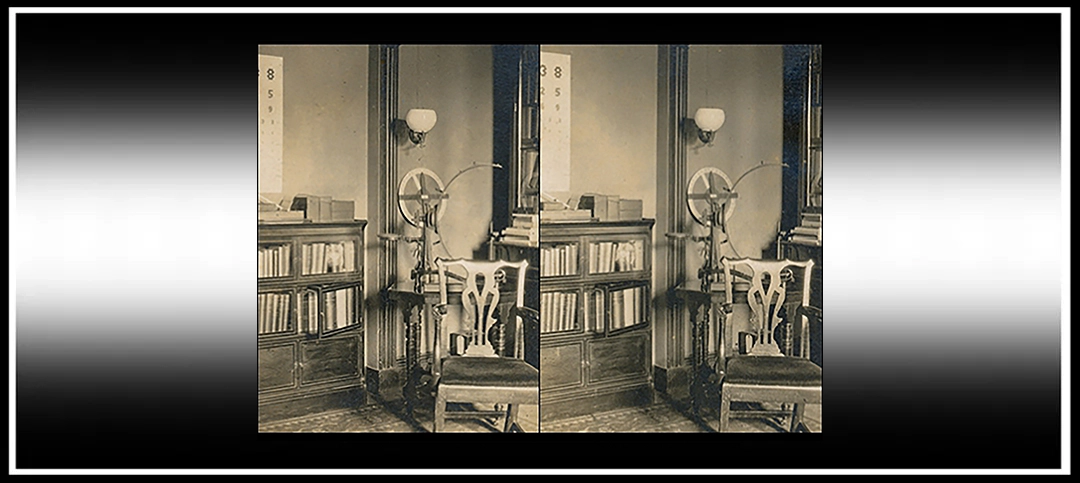





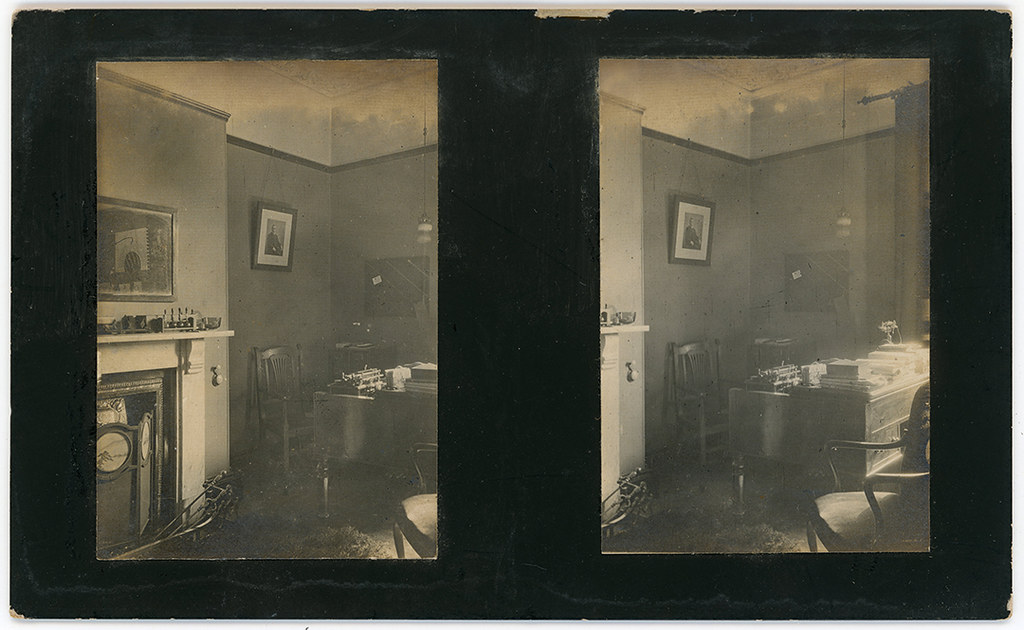
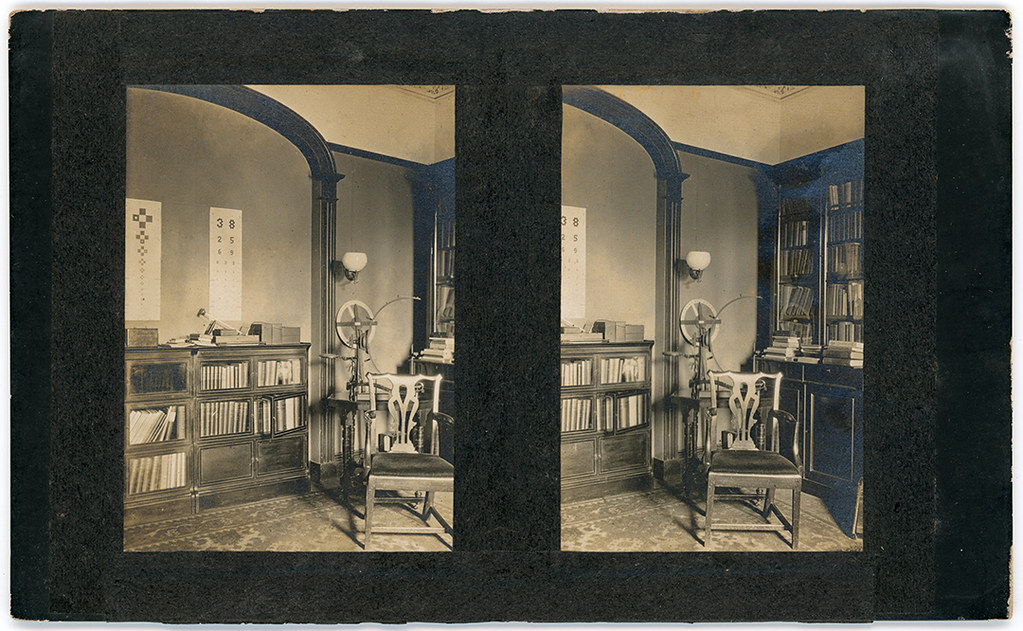




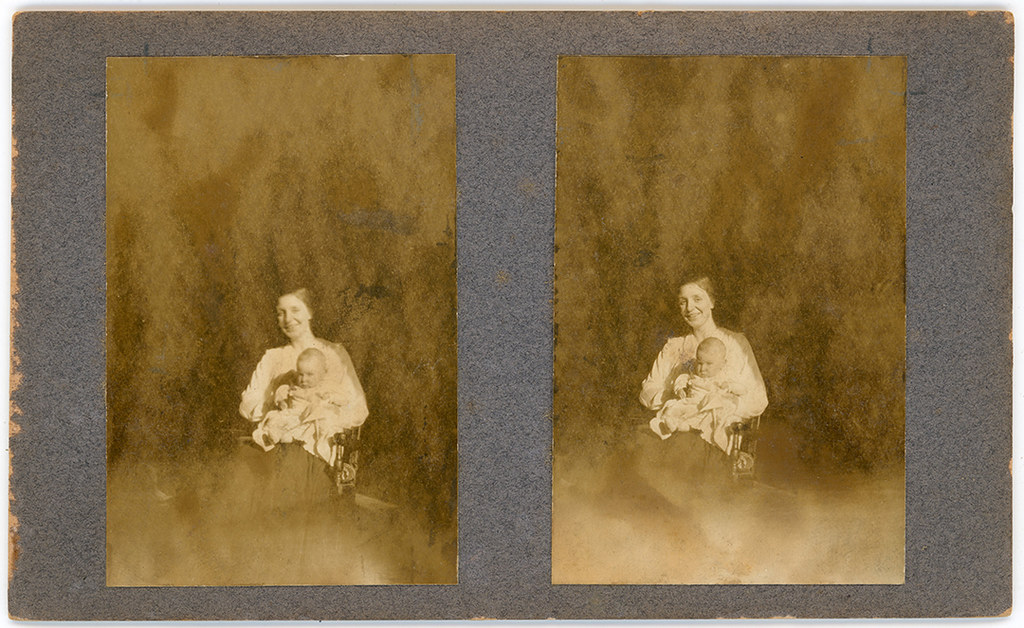







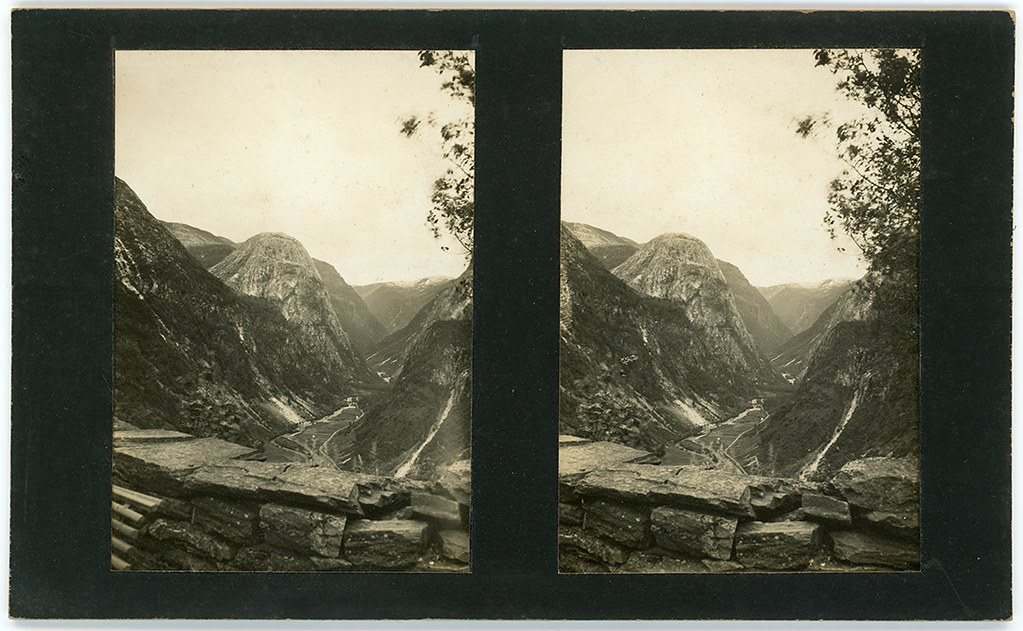


A fascinating piece of research. Thank you for sharing this.
LikeLiked by 1 person
Thank you so much for the nice feedback!
LikeLike